Paint chip (pulverized) sent from a mama in Dublin Ireland: 10 ppm Lead (safe by all standards – but please read details for context.)
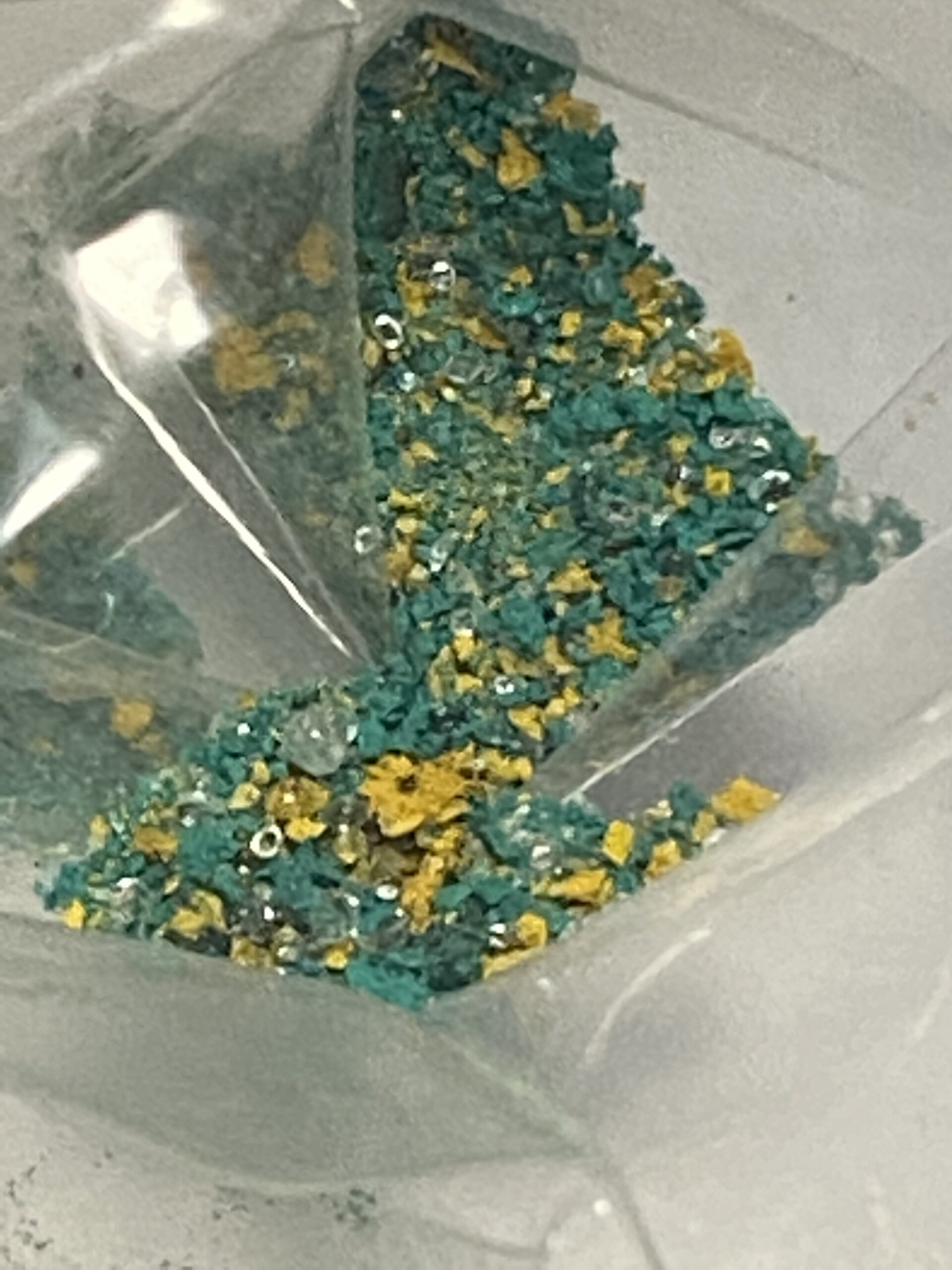 August 4, 2022 – Thursday
August 4, 2022 – Thursday
A mama in Ireland sent this paint chip to me to test because it is the same as a bit of paint [I believe it is from deteriorated road markings near a dumpster by her home] that her child had put in his mouth.
Given Lead content in paint is considered toxic to children [U.S. Federal legal limit set for paint or coatings on any consumer goods intended for use by children] at a level of 90 ppm Lead or higher, and given that Lead-based paint (that one might find, for example, on the majority of American homes built anytime earlier than the 1980s) is normally 5000 ppm Lead or higher – for this paint dust to come in at a level of 10 ppm Lead [10 +/- 5, – so a range of 5 ppm Lead to 15 ppm Lead], it is considered “safe by all standards.”
While this amount of Lead exposure from a one-time ingestion incident is therefore not likely to cause an elevated blood lead level for a child…it is possible. For something like this (a single exposure where the risk is relatively low — but the risk is not “zero”), I would follow my guidelines for say, fireworks exposure [from just walking past/observing from a safe distance someone setting off one or two fireworks], or similar single-incident, low-level exposures (you can read that here). As I have been following this mama’s story from afar, I was personally relieved that the paint sample tested positive at such a low level — it could have been much worse [here in the U.S., for example, in many cities, it is not uncommon to find the paint used in painted road markings testing positive for Lead at 20,000 – 40,000 ppm Lead! – here’s one example from the playground at our local neighborhood elementary school].
That said – it is important to note that paint hazard levels should actually not be the levels we look at to determine potential risk in a situation like this (as a rule). Whenever we look at ingestion risks (and have the opportunity to actually measure the amount of Lead in the item that was ingested) we should measure risk based on food standards for Lead. Food is considered toxic when Lead levels are in the 50 to 100 parts per billion range [HOWEVER, the food standard levels have been set primarily based on the fact that a child does not typically eat a food once, but is rather more likely to consume any particular food at least multiple times a week — if not multiple times a day. [This article discusses the new European limits for Lead and Cadmium in food.] So from a food perspective, this is a very high level of Lead…HOWEVER – again – the risk in this case is still fairly minimal — given it is a one-time exposure (and is not as alarming as if the child had actually swallowed this amount of Lead — and say, on a regular basis [vs. mama catching it as kiddo put it into their mouth, before they had a chance to swallow it; on one single occasion).
Note: I also tested the plastic bag separately — as I normally do — to make sure there was no possible contamination from, say, the plastic of baggie itself (as with all dust, soil, and paint samples, I always test through the baggie in order to avoid potentially contaminating my work environment by opening a sealed ziplock baggie containing a large amount of loose particulates!). I was curious about the test results for this baggie — given I had not previously tested a baggie from Ireland [it’s a brand that I have not seen before], so I have also included that set of test results below.
XRF test results for the paint chip pictured.
60-second test
Repeated multiple times to confirm the results
All results were similar
- Lead (Pb): 10 +/- 5 ppm
- Cadmium (Cd): non-detect
- Tin (Sn): non-detect
- Mercury (Hg): non-detect
- Selenium (Se): non-detect
- Barium (Ba): 475 +/- 266 ppm
- Arsenic (As): non-detect
- Chromium (Cr): non-detect
- Antimony (Sb): non-detect
- Copper (Cu): 86 +/- 18 ppm
- Titanium (Ti): 3,029 +/- 528 ppm
- Iron (Fe): 473 +/- 53 ppm
- No other metals detected in consumer goods mode.
Test results for the baggie
30-second test
With the bag folded so the white area is in the scope of the XRF instrument
- Zinc (Zn): 31 +/- 8 ppm
- Titanium (Ti): 4,066 +/- 397 ppm
- No other metals detected in consumer goods mode.
For those new to this website:
Tamara Rubin is a Federal-award-winning independent advocate for consumer goods safety and a documentary filmmaker. She is also a mother of Lead-poisoned children. Tamara’s sons were acutely Lead-poisoned in August of 2005. She began testing consumer goods for toxicants in 2009 and was the parent-advocate responsible for finding Lead in the popular fidget spinner toys in 2017. Tamara uses XRF testing (a scientific method used by the U.S. Consumer Product Safety Commission) to test consumer goods for toxicants (specifically heavy metals), including Lead, Cadmium, Mercury, Antimony, and Arsenic. All test results reported on this website are science-based, accurate, and replicable. Items are tested multiple times, to confirm the test results for each component tested and reported on. Please click through to this link to learn more about the testing methodology used for the test results discussed and reported on this website
Never Miss an Important Article Again!
Join our Email List


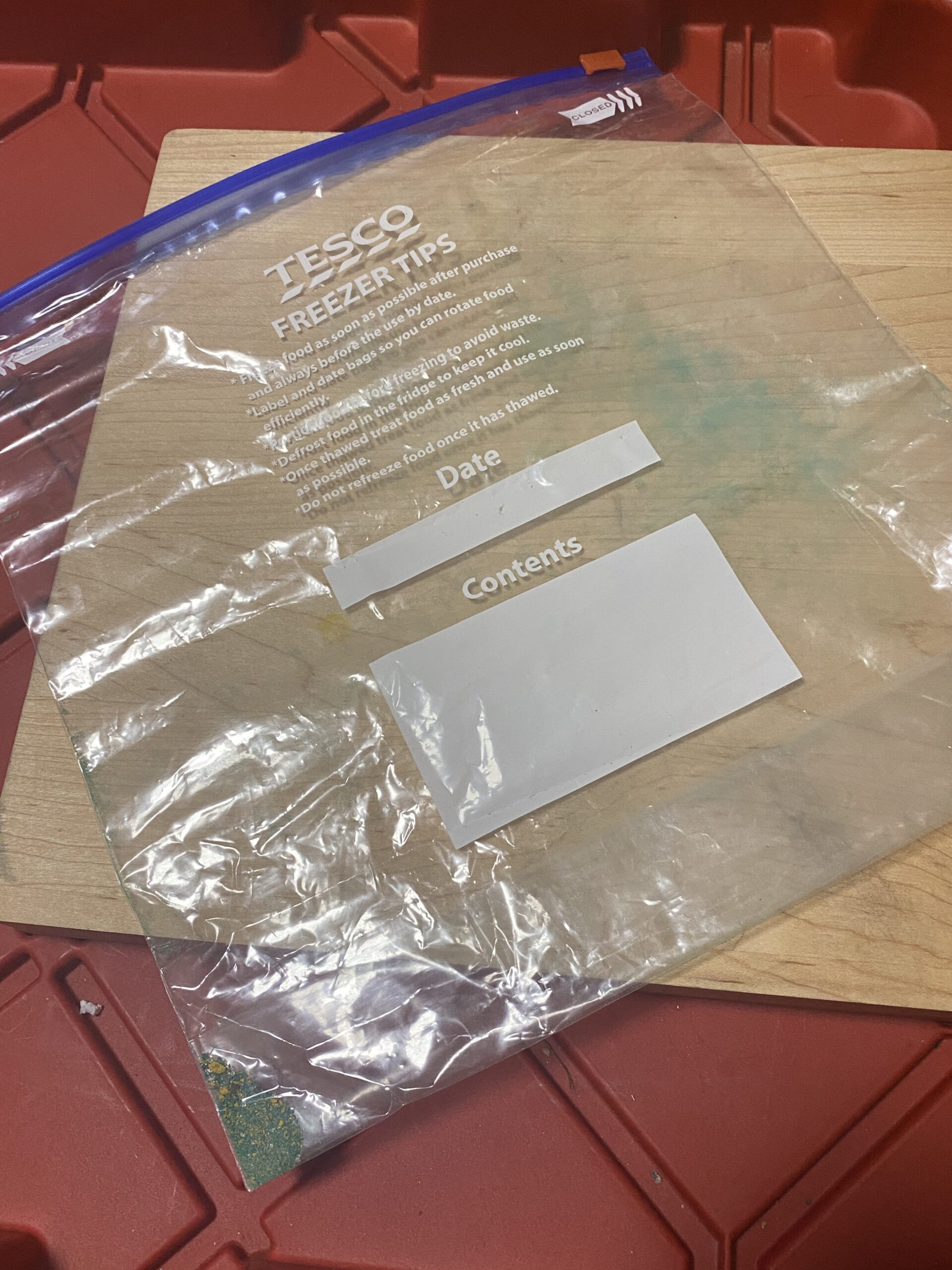
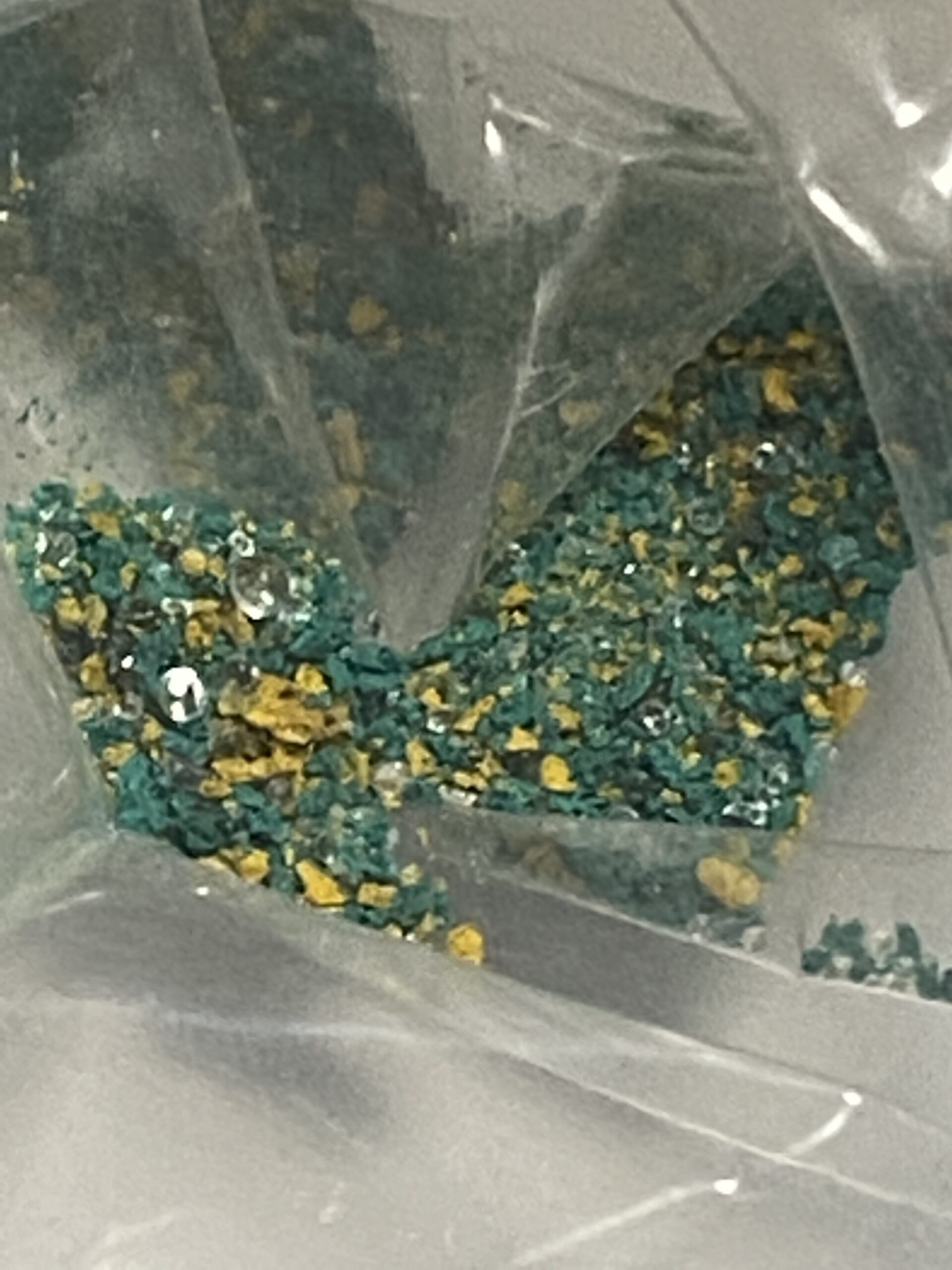
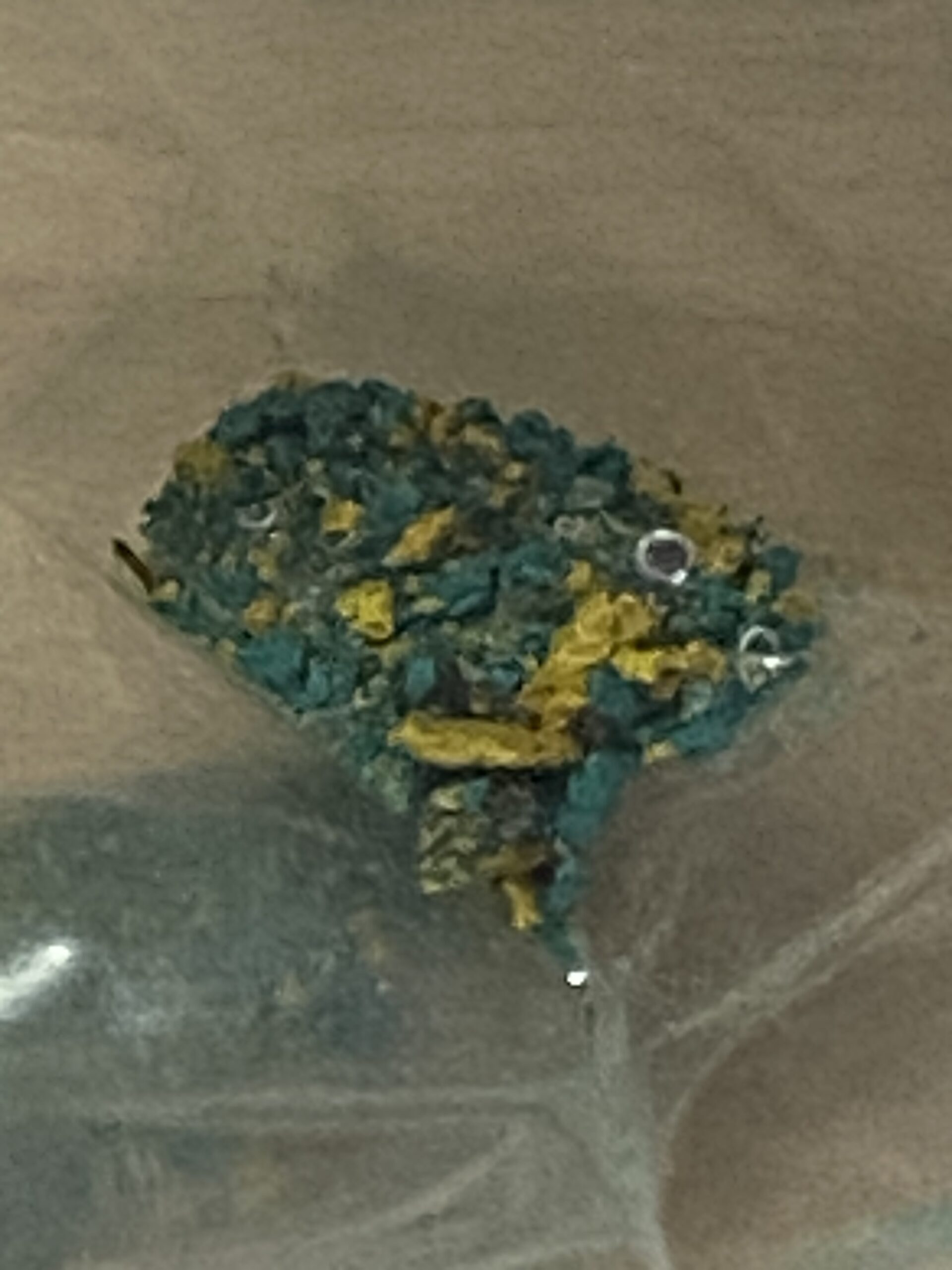
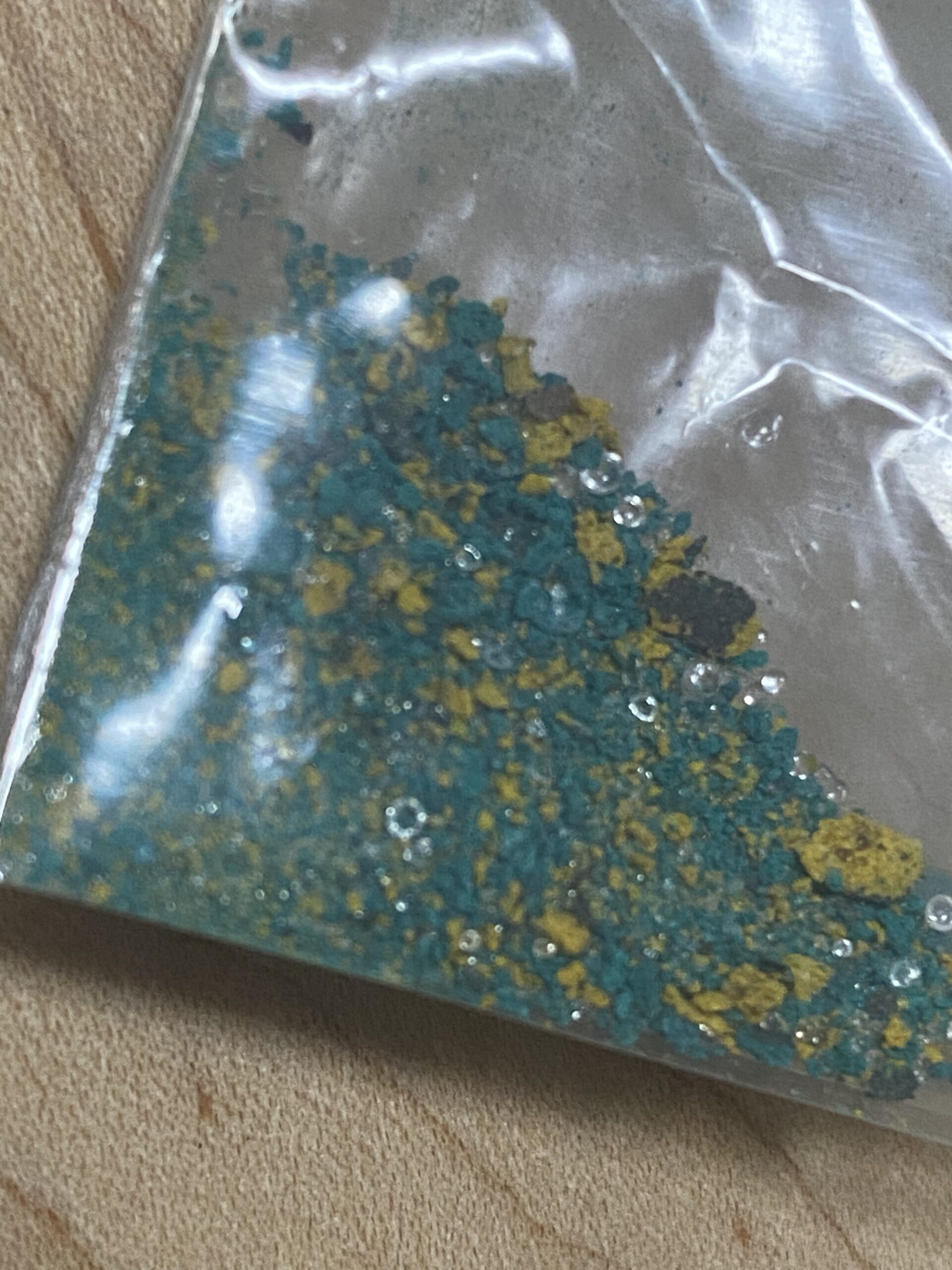
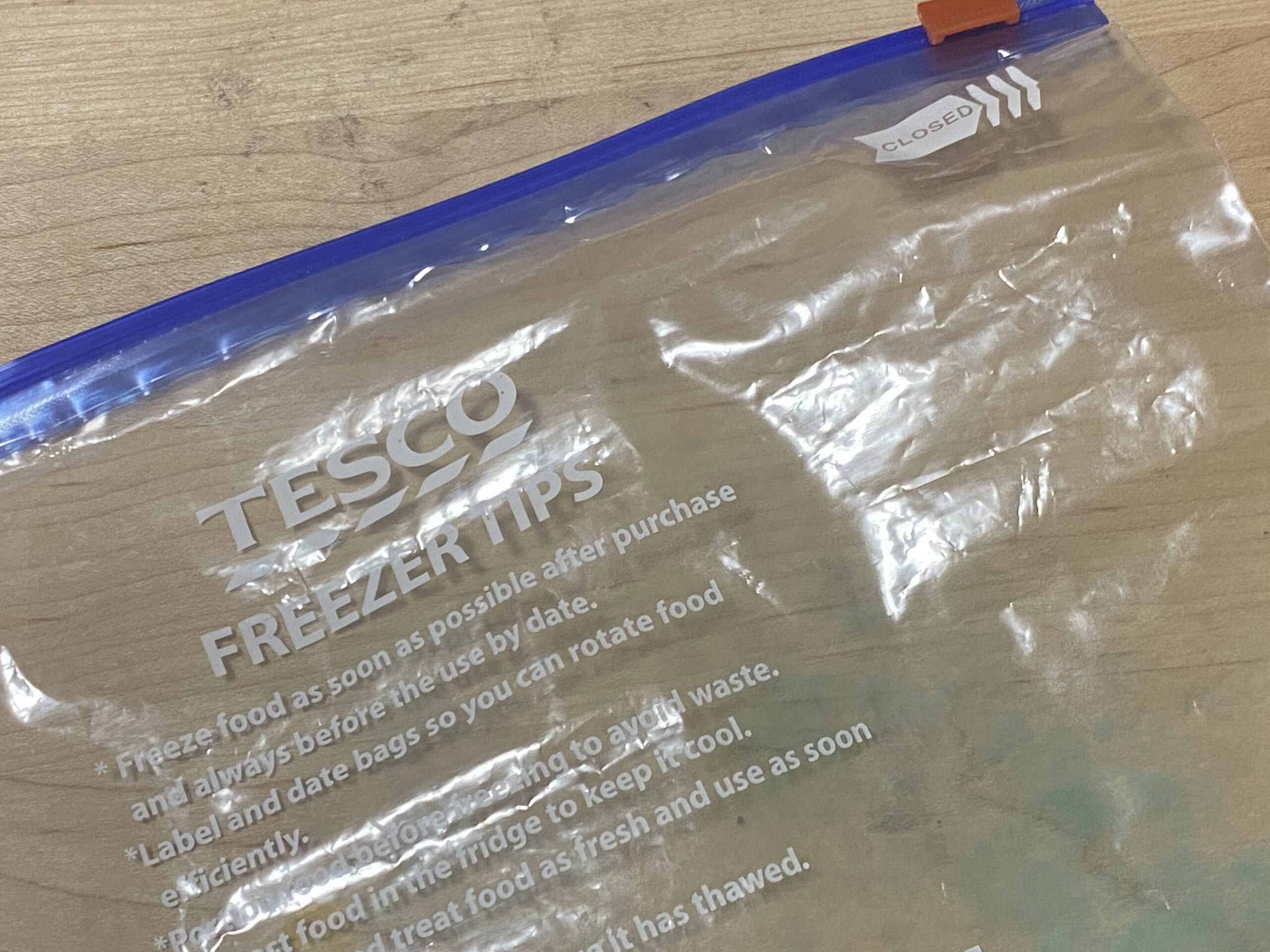

Just a thought. The sample shows a lot of material other than road paint. Could this dilute the sample so that the lead concentration of the paint itself is even higher?
Tim Pye
PS I find that everytime I post on here I get an email asking me to subscribe. Is that what is intended?
Hello Tamara! Thank you for sharing the test results. I wanted to ask if Titanium was detected on the bag or on the white print/paint on the bag? I use ziplock bags similar to these to freese food and wonder if I need to remove this paint before using it? Is it the same type of titanium that is considered cancerogen?